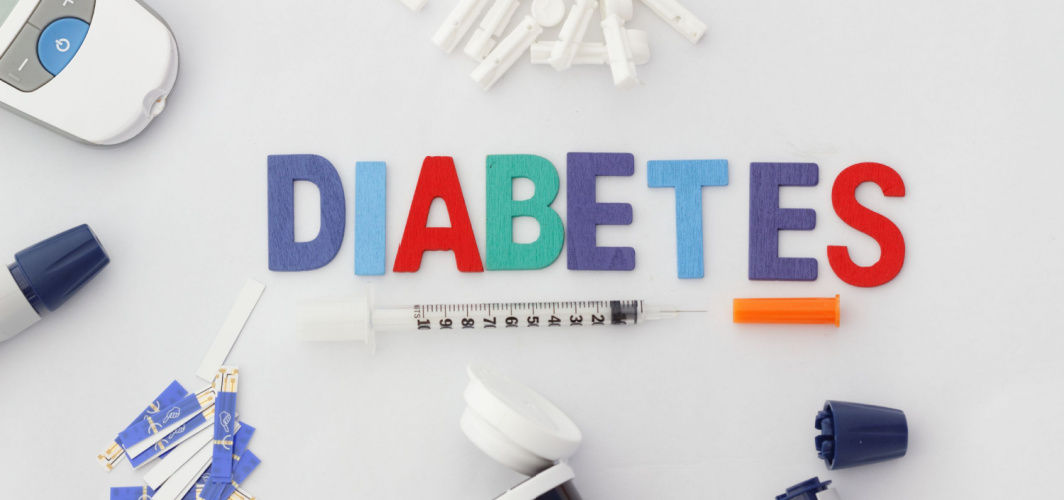Diabetes Management
Are Low-carb Diets Healthy?
5 min read
By Apollo 24/7, Published on - 13 October 2020, Updated on - 13 September 2023
Share this article
2
5 likes

What is a low-carb diet?
Benefits of a low-carb diet
- Supports weight loss
- Reduces levels of blood glucose
- Reduces appetite
- Effective against harmful abdominal (visceral) fat
- Stimulates reduction in blood triglycerides
- Increases HDL ‘good’ cholesterol levels
- Improves LDL ‘bad’ cholesterol levels
Low-carb diet: Foods to eat and avoid
Foods to avoid
- Sugar: Ice cream, candy, fruits juices, sweetened beverages
- Refined grains: White rice, refined wheat, and any grain stripped off their fiber
- Trans fats: Hydrogenated or partially hydrogenated oils
- Processed foods: Cereals, bread, pasta, noodles, etc.
- Starchy vegetables: potatoes, peas, chickpeas, etc.
Foods to eat
- Vegetables: Broccoli, carrots, spinach, cauliflower, and many others
- Fruits: Apples, pears, oranges, strawberries, blueberries
- Nuts and seeds: Walnuts, almonds, chia seeds, sunflower seeds, etc.
- Low-fat dairy: Butter, cheese, and yogurt
- Oils: Olive oil, coconut oil, and fish oil
- Eggs & fish rich in omega 3 fatty acids
- Lean meat
- Whole grains like brown rice, red rice, whole wheat, millets, etc
Popular low-carb diets
-
General low-carb diet
-
DASH diet (Dietary approaches to stop hypertension)
-
Mediterranean diet
Things to keep in mind before following a low-carb diet
Conclusion
Diabetes Management
Consult Top Diabetologists
View AllLeave Comment
Recommended for you

Diabetes Management
Glycemic Index for Diabetes Management: Why it is Useful
The glycemic index (GI) ranks foods based on their impact on blood sugar levels. It helps individuals with diabetes make informed food choices, focusing on foods with a lower glycemic index to maintain stable blood sugar levels and overall better glycemic control.

Diabetes Management
Which Age Group is the Most Susceptible to Diabetes?
The susceptibility to diabetes varies with age. Type 1 diabetes is often diagnosed in childhood or adolescence due to an autoimmune response. In contrast, Type 2 diabetes is strongly linked to middle and older age, with risks rising significantly after the age of 45. Gestational diabetes can develop in anyone during pregnancy, but the risk increases as one ages. Factors like physical activity, metabolic changes, body composition, and genetics influence age-related susceptibility. Early detection and management are crucial, involving regular check-ups, blood sugar monitoring, a balanced diet, and tailored approaches for older adults with coexisting health conditions. Awareness and proactive health measures are vital for effective diabetes management across age groups.

Diabetes Management
How Can Diabetes Patients Boost Immunity During COVID-19?
Diabetes patients can boost immunity by maintaining good blood sugar control, adopting a healthy and balanced diet, getting regular exercise, prioritizing quality sleep, managing stress levels, practicing good hygiene, receiving recommended vaccinations on time, and staying connected with healthcare providers for guidance and support.
Subscribe
Sign up for our free Health Library Daily Newsletter
Get doctor-approved health tips, news, and more.
Visual Stories

8 Fruits That are Incredibly Healthy for Diabetes
Tap to continue exploring
Recommended for you

Diabetes Management
Glycemic Index for Diabetes Management: Why it is Useful
The glycemic index (GI) ranks foods based on their impact on blood sugar levels. It helps individuals with diabetes make informed food choices, focusing on foods with a lower glycemic index to maintain stable blood sugar levels and overall better glycemic control.

Diabetes Management
Which Age Group is the Most Susceptible to Diabetes?
The susceptibility to diabetes varies with age. Type 1 diabetes is often diagnosed in childhood or adolescence due to an autoimmune response. In contrast, Type 2 diabetes is strongly linked to middle and older age, with risks rising significantly after the age of 45. Gestational diabetes can develop in anyone during pregnancy, but the risk increases as one ages. Factors like physical activity, metabolic changes, body composition, and genetics influence age-related susceptibility. Early detection and management are crucial, involving regular check-ups, blood sugar monitoring, a balanced diet, and tailored approaches for older adults with coexisting health conditions. Awareness and proactive health measures are vital for effective diabetes management across age groups.

Diabetes Management
How Can Diabetes Patients Boost Immunity During COVID-19?
Diabetes patients can boost immunity by maintaining good blood sugar control, adopting a healthy and balanced diet, getting regular exercise, prioritizing quality sleep, managing stress levels, practicing good hygiene, receiving recommended vaccinations on time, and staying connected with healthcare providers for guidance and support.